
Are you tired of getting those HUGE water bills just to keep your lawn or grass looking healthy? Water restrictions are now commonplace moving forward into the future. Overseeding with ryegrass is expensive and requires a lot of inputs like water, fertilizer and pesticides, none of which are good for the environment. Well, you are not alone. According to the EPA (Environmental Protection Agency) nearly 9 billion gallons of water are used daily on landscape irrigation. That is a lot of water!!! Of course, the hotter and dryer it is the more water folks use. Ok, back to the reason you are ready this….there are options. Options that were not available previously….Endurant Turf Colorant.
Here are ten reason why you paint your lawn or grass:
- Painting turf keeps grass looking beautiful, healthy and uniform
- Using a turf colorant will save money on watering.
- Painting lawn saves time that you could be doing other things.
- Using a turf colorant reduces the amount of chemicals needed for lawn management
- Endurant Turf Colorant is safe for the environment
- Painting grass is super easy almost anyone can do it.
- Dormant turf can be easily turned to a lush green color with instant results
- Painted turf on average will transition out of dormancy weeks before unpainted turf.
- People WILL notice…You will get comments like, “Wow, how did you get your grass so GREEN?!” “Your lawn looks AWESOME! What is your secret?”
- IT IS AFFORDABLE!! In many cases Endurant Turf Colorant can save as much as 80% on cost when compared to overseeding and it care. That is money in the bank!
So next time you get that sinking feeling as you look at your water bill, thinking about all that goes into turning it on, remember there are other options to keep your lawn and turf looking beautiful. Simple, affordable, sustainable….Endurant (TurfPaint.net)
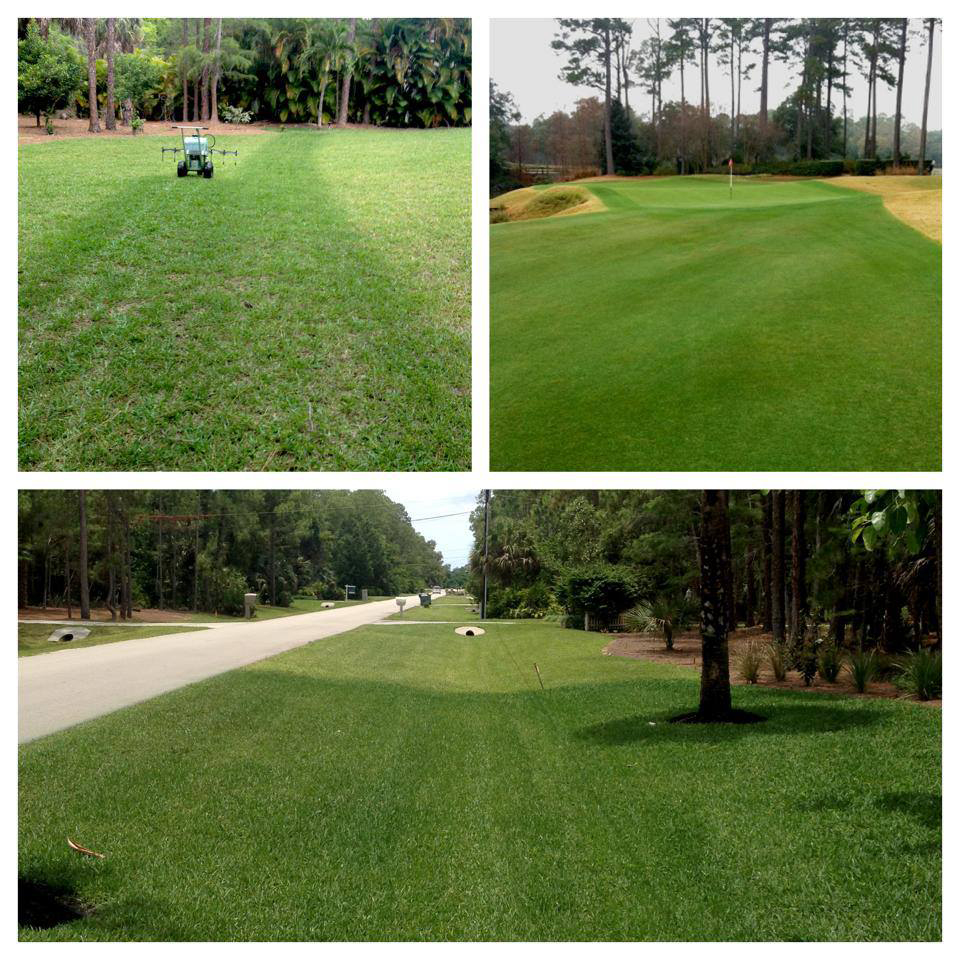


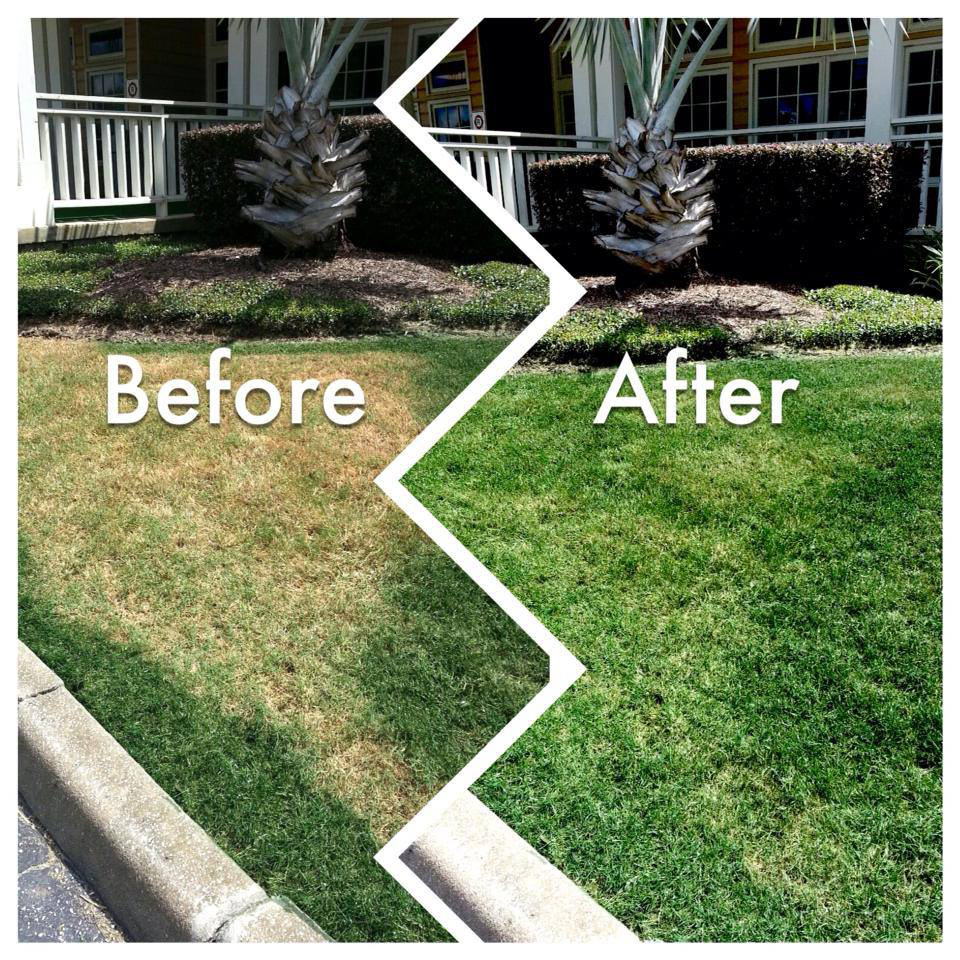
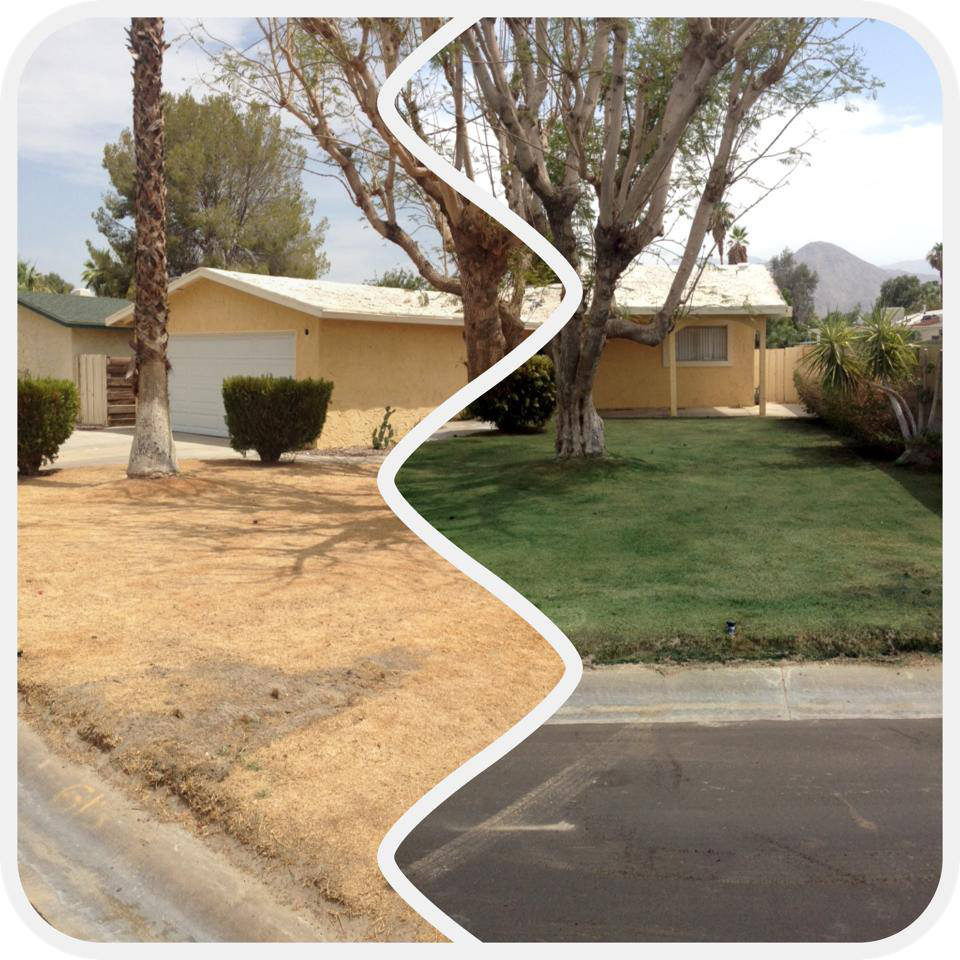
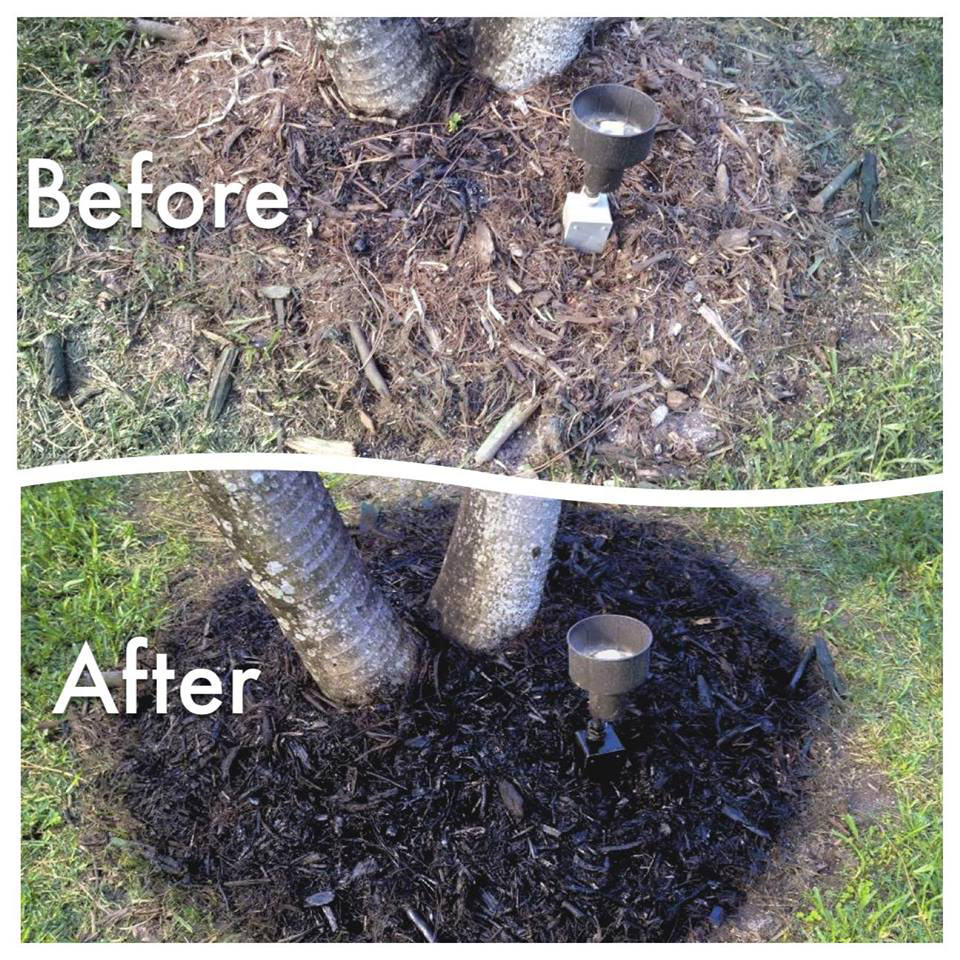


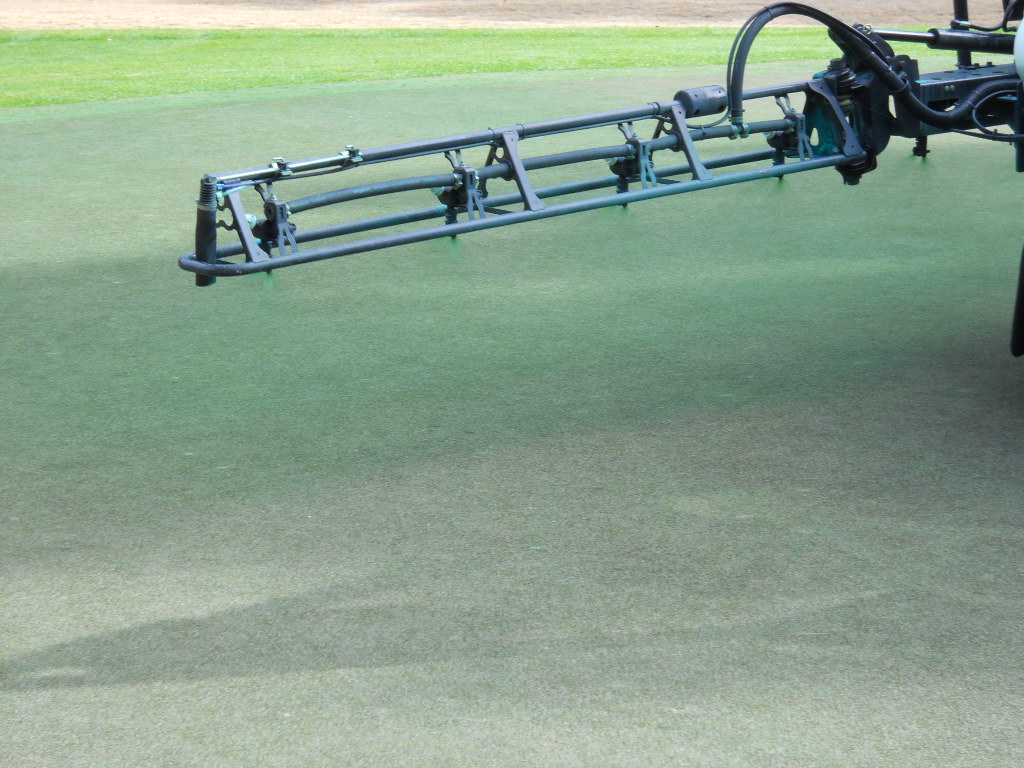
![GCSAA362211_b2 GCSAA Lettermark (4c) [Converted]](https://geoponicscorp.com/wp-content/uploads/2013/07/gcsaa-278x90.jpg)